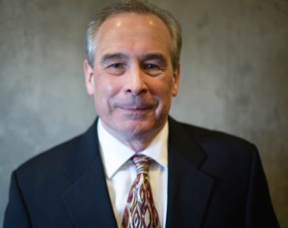LEED Zero complements LEED to verify the achievement of net zero goals and signals market leadership in green buildings
The US Green Building Council (USGBC) has launched LEED Zero to address net zero operations and resources in buildings.
LEED Zero was informally released by USGBC in September at the Global Climate Action Summit. The program is open to all LEED projects certified under the BD+C, ID+C, or O+M rating systems, or projects registered to pursue LEED O+M certification. LEED projects can achieve LEED Zero certification when they demonstrate any or one of the following: net zero carbon emissions, net zero energy use, net zero water use or net zero waste.
LEED certification recognizes that a project has implemented a number of sustainability strategies, reflecting reduced contributions to climate change as well as beneficial impacts on water resources, biodiversity, human health and well-being, regenerative material resource cycles, social equity, and quality of life.
The program builds on LEED by recognizing specific achievements in building operations and rewards projects that have used LEED as a framework to address important aspects of green buildings and taken their buildings to the next level by designing and operating toward net zero goals. LEED Zero encourages an holistic approach for buildings and places, which will contribute to a regenerative future.
This is part of a vision to ensure that the next phase of USGBC’s efforts will be LEED Positive, where buildings are actually generating more energy than they use, and removing more carbon than they produce.
For more information on this program, check out the LEED Zero website at new.usgbc.org/leed-zero. ♣



